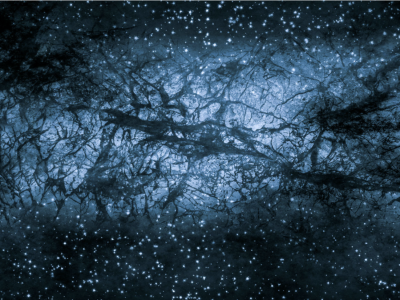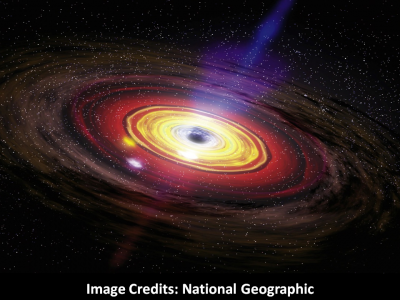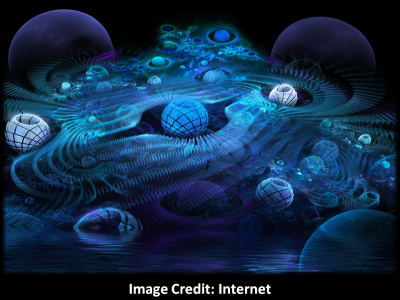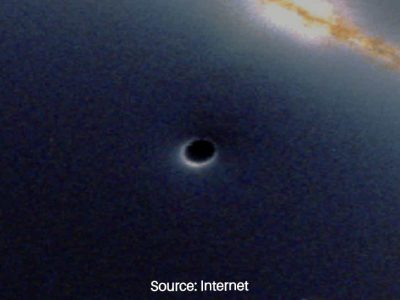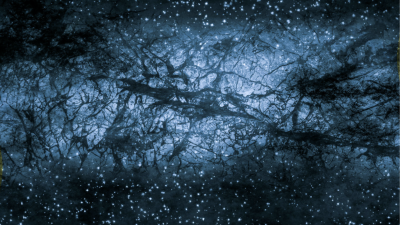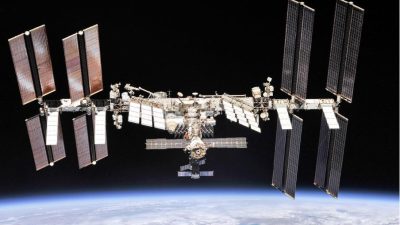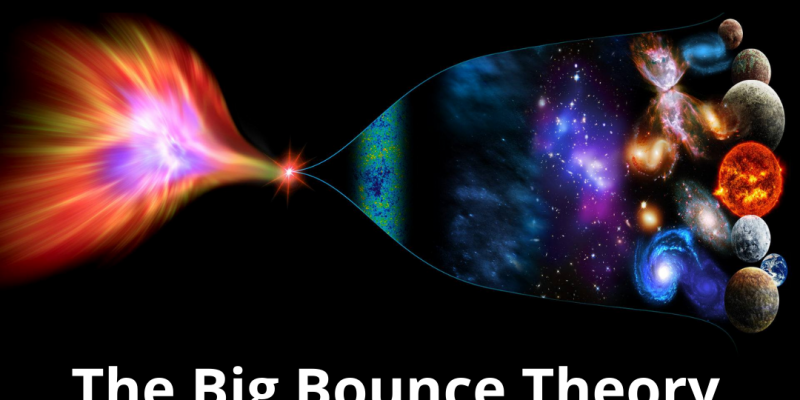
“The universe does not allow perfection.”
– Stephen Hawking, A Brief History of Time
For decades, the scientific consensus has held that the universe is around 14 billion years old and that it can be dated back to one specific origin point: what many call “The Big Bang”. But, after years of research, we are still debating what the big bang was? How it occurred, and whether something like it could ever happen again? And also, is that true that before this flashpoint, there was nothing at all? Let’s talk about the “Big Bounce Theory”.
Big Bounce Theory
The universe is filled with cosmic microwave background radiation, or CMB radiation, which is uniform in every direction and is just less than 14 billion years old, proving that the universe came into being just less than 14 billion years ago with CMB held because of the residue of that initial explosion – “The Big Bang”.

Cosmic Microwave Background (Image Credits: Wikipedia)
Generally speaking, the big bang was a monumental explosion triggering the universe to rapidly expand within the first second of its life. And today, we can prove that it is still expanding, thanks to redshift. But our content of understanding only prompts more questions about the birth of the universe and its eventual death.
Nothing lasts forever, and as we have grown to realize the likelihood that not even the universe is eternal, that it won’t just go on and on. We have also called into many previous cornerstones of science including, Albert Einstein’s cosmological constant.
Today the theory of universal expansion is a widely accepted one. But the expansion still leaves us with questions on exactly how, when, and why the universe will end. The big rip theory says that eventually, it will get full of dark energy that it will burst at the seams and be torn to pieces.
The big crunch says it will someday collapse in itself to form another immense singularity like the other thought to have caused the big bang. And there are other ideas too, including the massive chill or heat death. But none truly account for the starting of everything.
The universe can’t have appeared out of nowhere due to the primary Law of thermodynamics, which says that “energy can’t be created or destroyed”. In other words, all the energy that creates up the universe today must have also existed for the purpose of the big bang and supposedly before the big bang in some form.
It is arguably one of the biggest, most fundamental problems in all of science. It creates a new path for Bouncing cosmology. While a big bounce sounds an entire lot friendlier than a big bang, it is not necessarily all that different.
The big bounce theory doesn’t disagree with the big bang. It more builds on to it. It tries to answer certain problems including, those issues around the apparent creation of energy for supporters of the big bounce, the big bang’s initial singularity does potentially still exist and still explodes to create the universe.
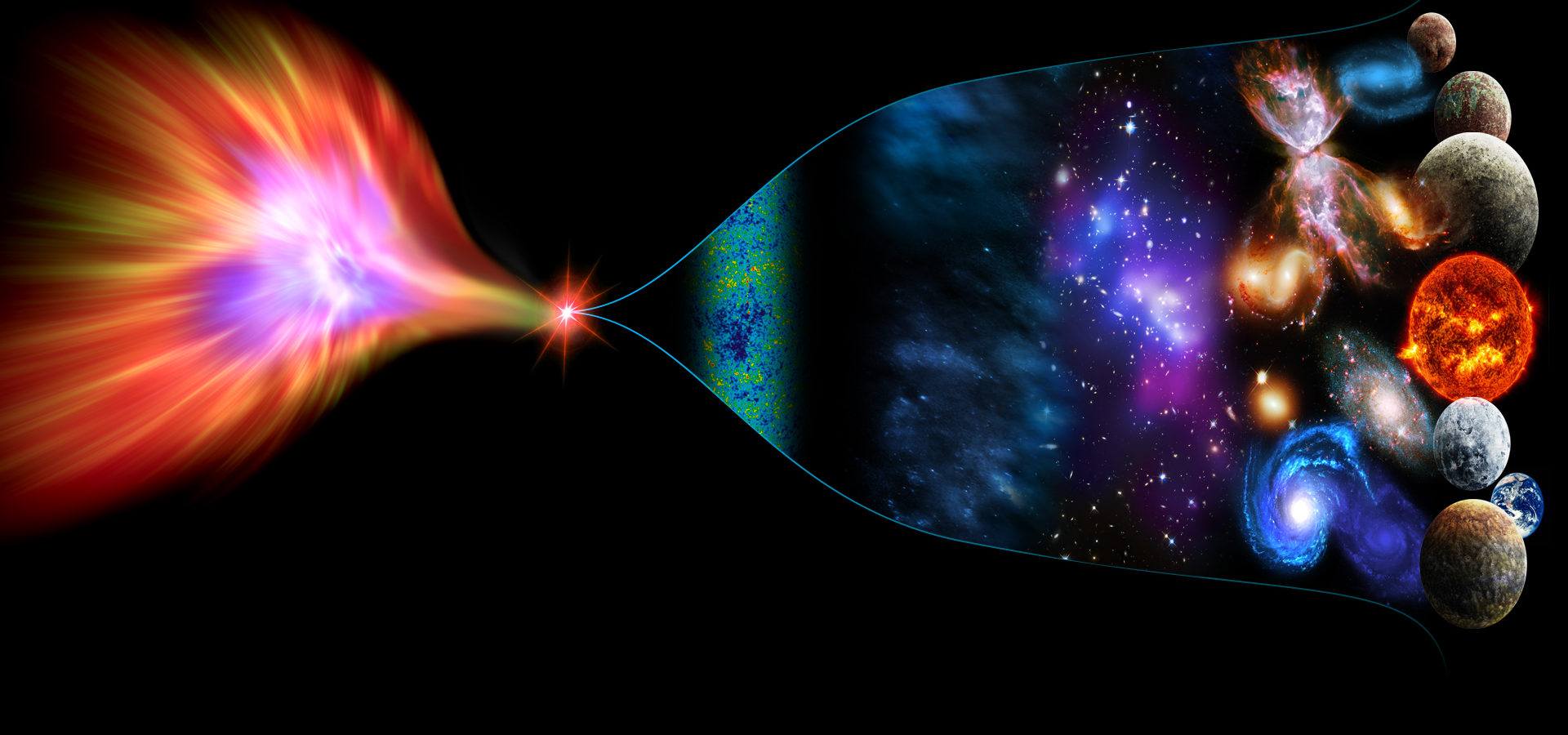
Creative Visualization of the Big Bounce Theory (Image Credits: Inside the perimeter)
In this way, it is as though the universe is breathing, expanding, and contracting over billions of years but rearranging all of its matter every time it completes a cycle. If the theory is correct, it means that the same thing could happen again when our universe ends.
That is all the matter we have ever known is pulled together into another infinite point, ready to expand outwards again. It turns what we thought we knew on its head, pitching our reality immediately as not only what exists after the big bang but also what exists before another, future explosion.
A future event that could cause other intelligent species quadrillions of years within the future wondering what came before their reality was born none the wiser to us or anything we all know about. Equally, if the large bounce holds up, it’s then probable that there have been infinite universes before ours, also as infinite universes that come after.
It’s going to seem as if our reality has existed for an almost incomprehensible time in itself, but it might be only one of the endless realities during a big bounce world. During this model, the universe is eternal. The great news is that if the large bounce were to happen, it did dictate how and when our particular version of the universe ends, then it isn’t getting to happen any time soon.
During this version of cosmological events, the universe would need to contract instead of expanding for a brand-new singularity to form. It might as if universal expansion had hit reverse, meaning we might suddenly see blueshift instead of redshift in distant stars to point out how the furthest away objects were now getting closer. If the rate of expansion of the universe is anything to travel by, then this process of contraction could take a billion years to complete!
The big bounce is not the only theory that implies another universe before ours. However, while a lot of ideas about the birth of the universe center on a singularity like one found during a black hole, there is also the concept that everything we’ve ever known came from a white hole. A white hole is the inverse of a black hole.
A point in the space is so repulsive that nothing can enter it and ejects matter at a spectacular rate. Crucially, white holes have not been observed or proven yet, but their existence is mathematically sound, meaning they a minimum of could exist. After all, the now accepted black holes were only mathematically theorized before they were discovered in the 1970s.
Regardless, some think that the big bang could have been influenced by a white hole ejecting matter. If it is true, then there may well have been universes birthed in the same way before ours or even being born in the same way right now!
Similarly, we even have various multiverse theories, suggesting that our universe exists in an exceeding bubble alongside endless others, all delivered to life by big bangs of their own. For some multi-universe supporters, it even means that black holes throughout our universe that endlessly consume matter could be a burgeoning universe of their own or gateways into parallel worlds.
Unfortunately, from our point of view, anything that goes into a black hole is almost certainly destroyed, so even if this particular strand of the multi-universe theory were true, we would likely never be able to prove it. Finally, there’s arguably an even stranger theory out there about what could have existed before the big bang – the anti-universe.
This is the idea that the big bang was a beginning point for us, but the endpoint for another a mirror image inversion of our universe, running backward or even that both our universe and the anti-universe started at the same time but split off into different directions.
Universe and Anti-Universe (Image Credits: rankred.com)
The anti-universe theory would be somewhere where anti-matter is the norm rather than the regular matter with an abundance of antiprotons rather than standard protons and strangest of all, where time would travel backward. The same universal contraction that created our hypothetical big bang singularity would be the explosion at the beginning of the anti-universe and vice versa.
It suggests either another universe before us or another one besides us. While nothing has been even close to conclusively proven, it is scientifically possible that another reality, at least something like this one, existed before us and might well come after too. The beginning and endpoints of the cosmos are the trickiest concepts in all of science today to nail down.
So, what do you think?
Suggested Reading: What’s at the end of the universe?
Author
